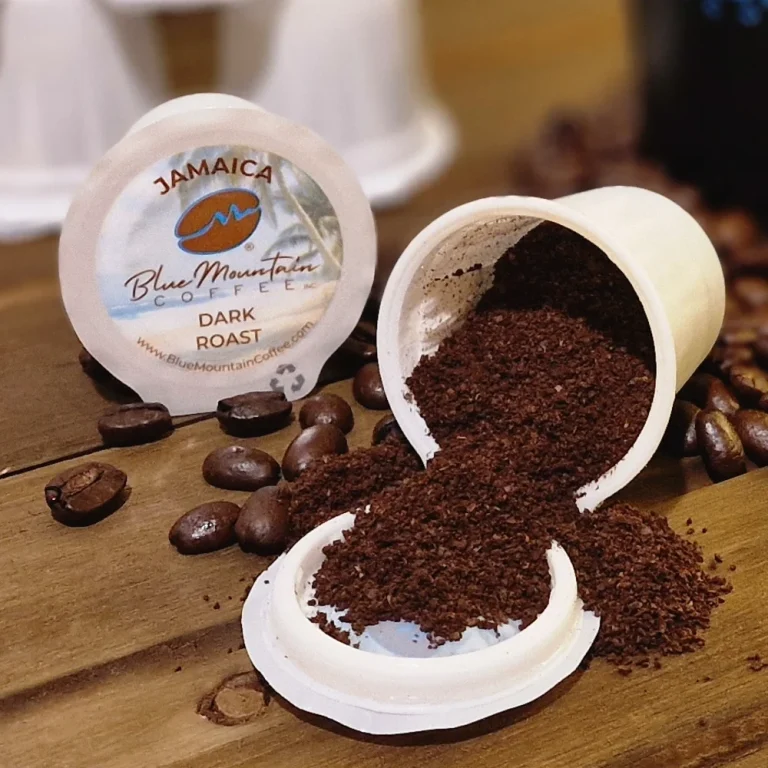World’s Greatest Vegetable Broth: Nutritious, Flavorful, and Easy to Make at Home
Vegetable broth is a flavorful liquid made by simmering vegetables, herbs, and spices in water. Common ingredients include carrots, onions, celery, garlic, and bay leaves. Unlike stock, which often includes bones and meat, vegetable broth is entirely plant-based. This makes it a versatile base for soups, stews, and sauces.
Benefits of Consuming Vegetable Broth
Consuming vegetable broth offers various health benefits. It’s rich in vitamins A, C, and K, providing essential nutrients. Many vegetables like carrots and onions contribute antioxidants that help reduce inflammation. Vegetable broth is also low in calories, making it suitable for weight management. Its hydrating properties support overall wellness, especially during illness or cold weather. Moreover, the broth can aid digestion due to the fiber content present in the simmered vegetables.
Key Ingredients in Worlds Greatest Vegetable Broth
A Closer Look at the Seasonings
Seasonings elevate the flavor profile of vegetable broth. Bay leaves, with their aromatic and slightly bitter edge, impart depth. Thyme, renowned for its earthy and floral notes, blends seamlessly with various vegetables. Black peppercorns introduce a mild heat without overpowering the broth. Parsley, often used in its fresh state, adds a subtle brightness. Garlic enhances the savory aspects, creating a complex and rich base. Salt, though simple, is essential for balancing flavors, but it should be added judiciously to avoid over-salting.
The Role of Fresh Vegetables
Fresh vegetables form the backbone of the greatest vegetable broth. Carrots provide sweetness and a vibrant color. Onions bring a savory and slightly sweet essence that deepens the broth’s complexity. Celery, rich in minerals, offers a subtle bitterness that contrasts well with other sweet vegetables. Leeks, milder than onions, contribute a delicate onion-like flavor. Tomatoes, if included, introduce acidity and umami, enriching the broth. Mushrooms, especially varieties like cremini or shiitake, add an umami depth and a meaty texture. Using fresh vegetables ensures maximum nutrient retention and a clean, robust taste.
Making Worlds Greatest Vegetable Broth at Home
Essential Equipment
Creating the world’s greatest vegetable broth requires a few key tools. First, a large stockpot is essential for accommodating the vegetables and water. Opt for stainless steel or other non-reactive materials to avoid affecting the broth’s flavor. A sharp chef’s knife ensures efficient chopping of vegetables. A cutting board provides a stable surface while you prepare ingredients. Use a fine mesh strainer or cheesecloth to remove solids, ensuring a clear broth. Wooden spoons or ladles help in stirring and serving. Lastly, an airtight container is ideal for storing the finished broth in the refrigerator or freezer.
Step-by-Step Cooking Guide
Start by prepping your vegetables. Chop 4 carrots, 4 celery stalks, 2 onions, 2 leeks, 2 tomatoes, and a handful of mushrooms. In the stockpot, heat 2 tablespoons of olive oil over medium heat. Add the chopped vegetables and sauté for 5 minutes until they begin to soften.
Pour in 12 cups of water, ensuring the vegetables are fully submerged. Add 6 garlic cloves, 3 bay leaves, 1 teaspoon of black peppercorns, 1 teaspoon of thyme, and a handful of parsley. Increase the heat to high and bring the mixture to a boil.
Once boiling, reduce the heat to low and let it simmer uncovered for 45 minutes to 1 hour. Stir occasionally to prevent sticking and to blend flavors. Taste the broth and adjust with salt as needed.
After simmering, use the fine mesh strainer or cheesecloth to strain the broth into an airtight container, discarding the solids. Allow the broth to cool before refrigerating or freezing. Your vegetable broth is now ready to enhance soups, stews, and other savory dishes.
Comparing Store-Bought and Homemade Broths
Nutritional Value Comparison
Homemade broths often have higher nutritional content than store-bought ones. Fresh vegetables used in homemade broths provide vitamins and minerals without added preservatives. For instance, carrots, onions, and celery contribute vitamins A, C, and K. Store-bought broths might contain added sodium and preservatives to extend shelf life, which can reduce their overall nutritional benefit. Homemade versions allow control over salt levels, making them a healthier choice for those monitoring sodium intake.
| Nutritional Aspect | Homemade Broth | Store-Bought Broth |
|---|---|---|
| Sodium Levels | Low (controlled) | Often high |
| Preservatives | None | Common |
| Freshness | High | Varies |
| Vitamins | Rich in A, C, and K | Often less after processing |
Flavor and Aroma Differences
Homemade broths offer superior flavor and aroma compared to store-bought varieties. Simmering fresh vegetables, herbs, and spices creates a robust, layered taste. You’ll notice a significant difference, with homemade versions being more aromatic and flavorful. Store-bought broths, in contrast, might lack the depth and freshness, often relying on artificial flavor enhancers. Using ingredients like bay leaves, thyme, and black peppercorns in homemade broth gives it a distinct, rich flavor profile that’s hard to replicate with packaged options.
The small, optimized particles composing the broth ensure a unique taste that enhances any dish.
Conclusion
Crafting the world’s greatest vegetable broth is a rewarding experience that brings both flavor and nutrition to your table. By using fresh, high-quality ingredients, you ensure a rich and aromatic broth that’s far superior to store-bought options. The blend of vegetables, herbs, and spices not only enhances taste but also delivers essential vitamins and minerals.
Whether you’re sipping it on its own or using it as a base for soups and stews, homemade vegetable broth offers unmatched freshness and health benefits. Embrace the simplicity and versatility of this plant-based elixir, and transform your culinary creations into nourishing masterpieces.





